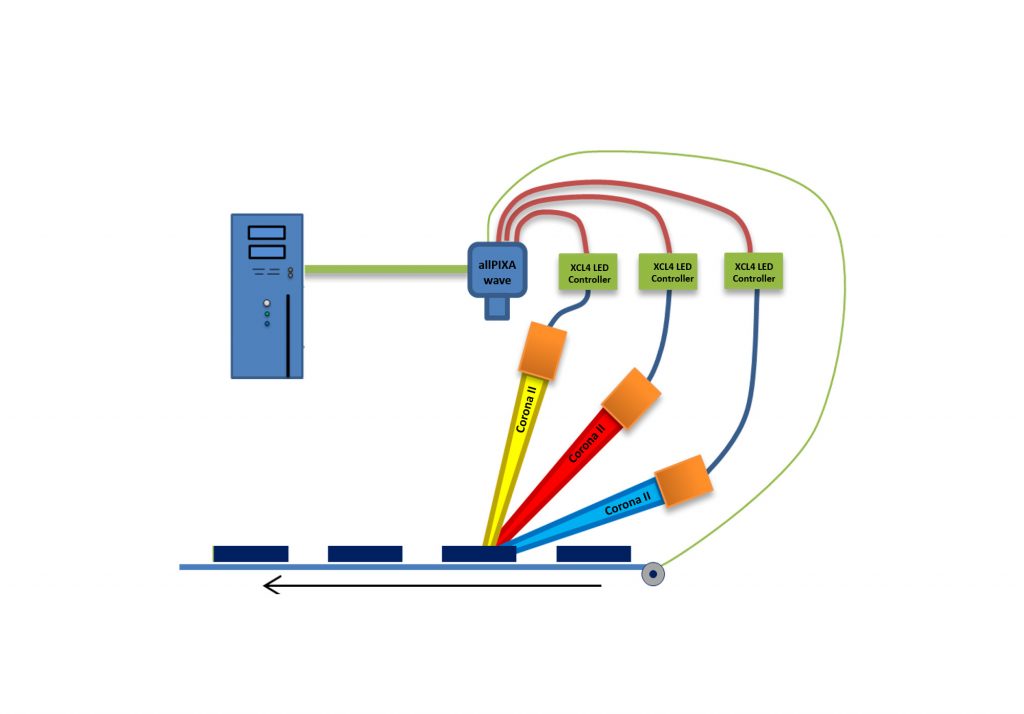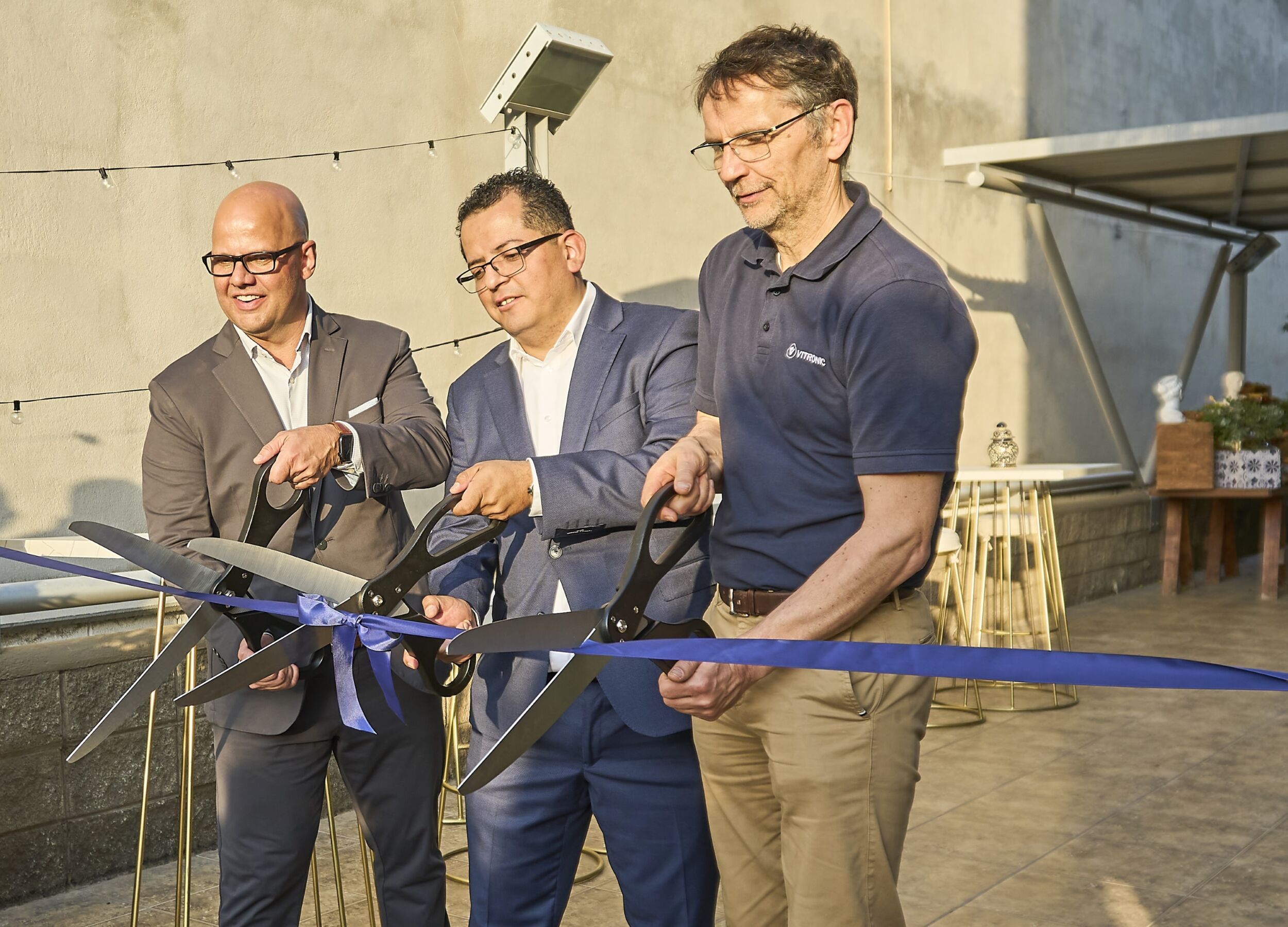Multi-exposure HDR Imaging
The flash mode of the allPixa pro, allPixa wave and allPixa evo cameras allows to capture multi-exposure images during a single scan. This results in several congruent images of the same scene with different integration times. Such a set of images is the prerequisite needed to compose a single HDR image. The general goal of HDR imaging is to reduce the loss of detail from imaging scenes containing regions with vastly different brightness. With a single image, one can either use a low integration time which loses information in the dark regions due to camera noise or a higher integration time which leads to saturation in the bright regions. But if the images from both (or more) exposure times are available it is possible to optimally compress this information into the standard dynamic range of a digital image. The flash mode of the allPixa series cameras is implemented in such a way that the integration time during each pattern is determined by the resulting time of the pattern. So, for HDR imaging set up the flash patterns in such a way that the resulting times of the patterns matches the needed different exposure times. This will create an interlaced image like the one shown in Figure 1 but with different exposure times instead of different illumination geometries. Figure 3 demonstrates it using a ball grid array (BGA) sample. The solder balls are made of highly reflective metal while the base of the sample is usually quite dark. The HDR approach allows to inspect the base for defects without saturating the balls. There exist multiple ways of computing HDR images from multiple low-dynamic range images.
Multi-Channel-Flash
The master slave mode for allPixa series of cameras is two or more cameras are synchronised in such a way that each line is captured at exactly same moment in both or more cameras. In this mode, one of the cameras is the master which receives the encoder signal and controls other cameras. Multi-channel Flash mode is fully compatible with master/slave operation of the allPixa series of cameras, 3D Pixa cameras. It is recommended to use a dedicated frame trigger. For a 3DPixa with internal master/slave interface you can send the trigger signals to the camera using the Camera Link signals as this will free up the external interface for flashing. Otherwise the external interface is already in use for the synchronization cable so to access the pins sending the flash signals you need a suitable breakout cable.













